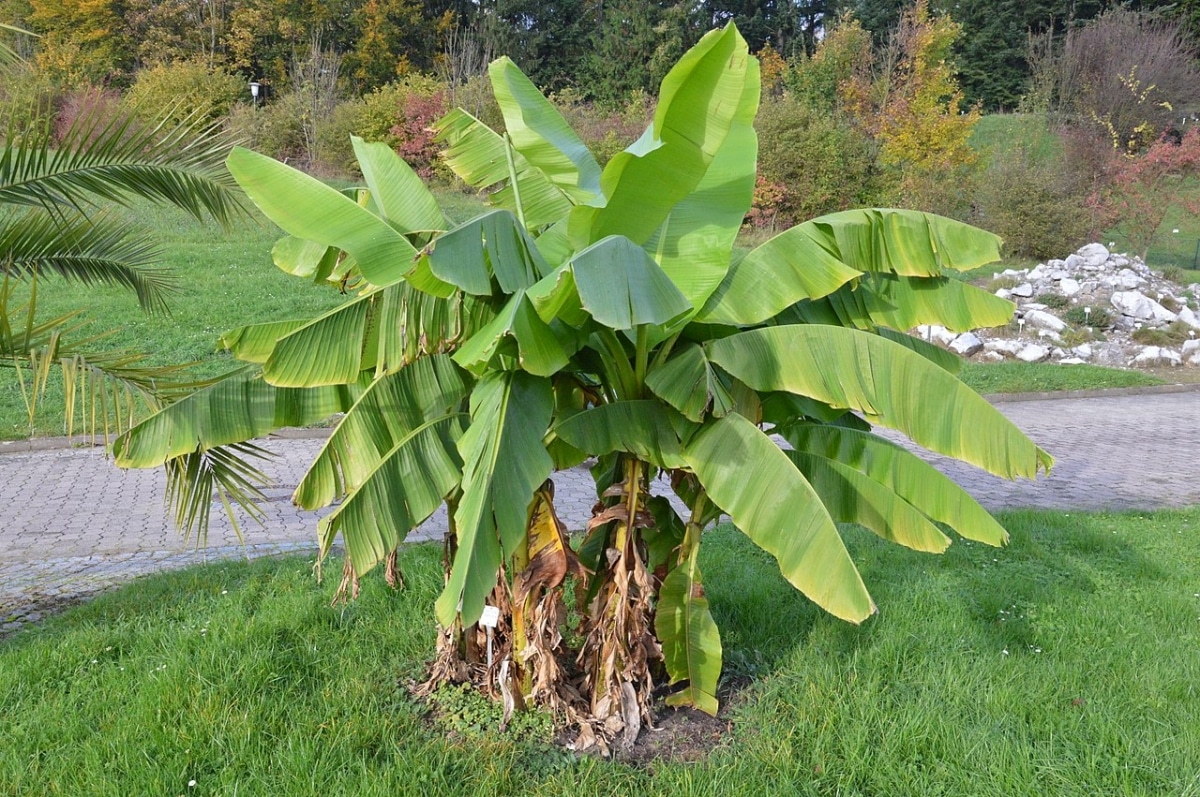
Image - Wikimedia / Illustratedjc
La muse basjoo It is one of the few banana trees that withstands the cold and the one that best recovers from frost.. In addition, as it has large, and very beautiful leaves, it brings a touch of exoticism to any garden.
Although it does not produce edible fruits, its cultivation in warm and temperate regions is very interesting, since it does not require much care.
Origin and characteristics of muse basjoo
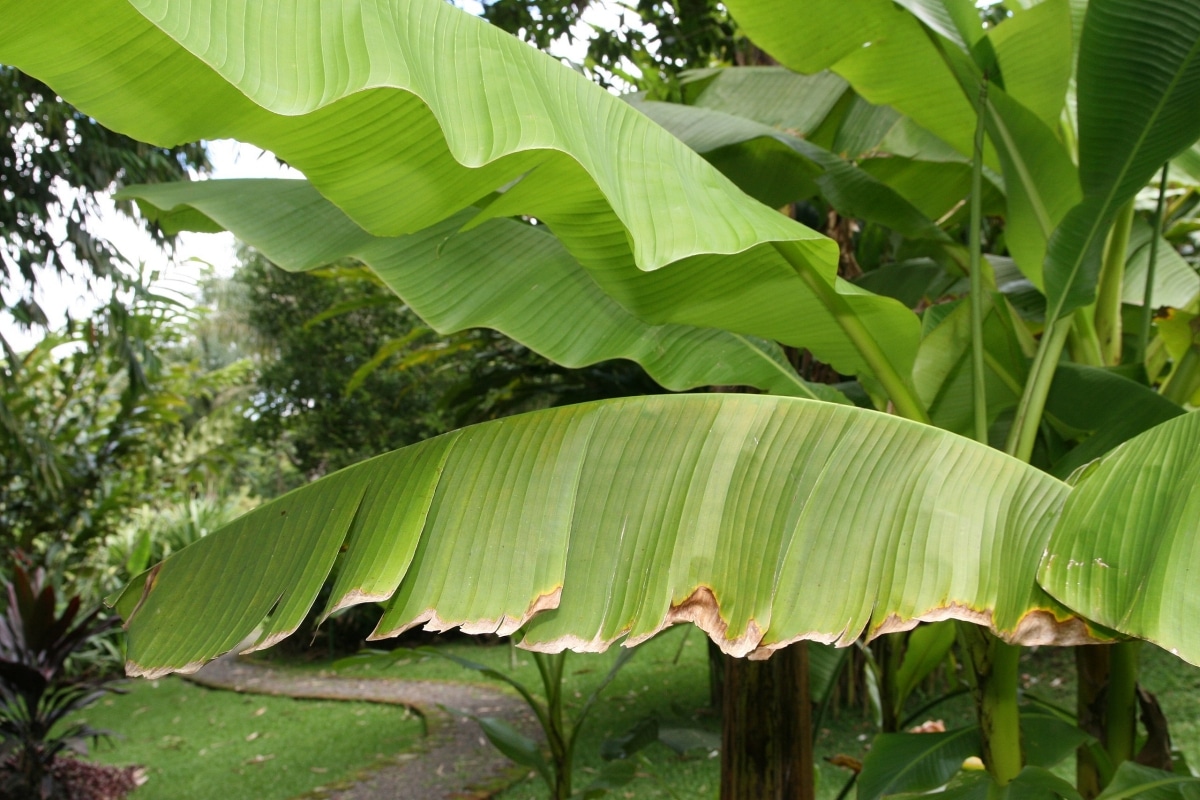
Image - Wikimedia / David J. Stang
Our protagonist is a giant herb or rhizomatous megaphorbia native to southern China, especially the province of Sichuan. Its scientific name is muse basjoo, but it is better known by its common or popular names, Japanese banana or Japanese banana. It reaches a height of between 6 and 8 meters, with a thin, green stem. The leaves are green and very long, up to 2 meters, and up to 70 centimeters wide. From an early age he takes suckers from the roots.
It is a species that produces male and female flowers in the same specimen. These are grouped in inflorescences that can measure up to 1 meter in length. The fruits are greenish-yellow bananas that are about 10 centimeters long by 3 centimeters wide, with white pulp which protects a large number of black seeds.
What uses is it given?
Outside their place of origin the only use it is given is as an ornamental plant. It is an elegant plant, with simple and large leaves, which is just what you want so much to have a garden or a patio with species of tropical appearance.
But in Japan, from where it was imported from China, the fibers are used to produce a textile known as banana cloth (bashofu, in Japanese).
What are the care of the muse basjoo?
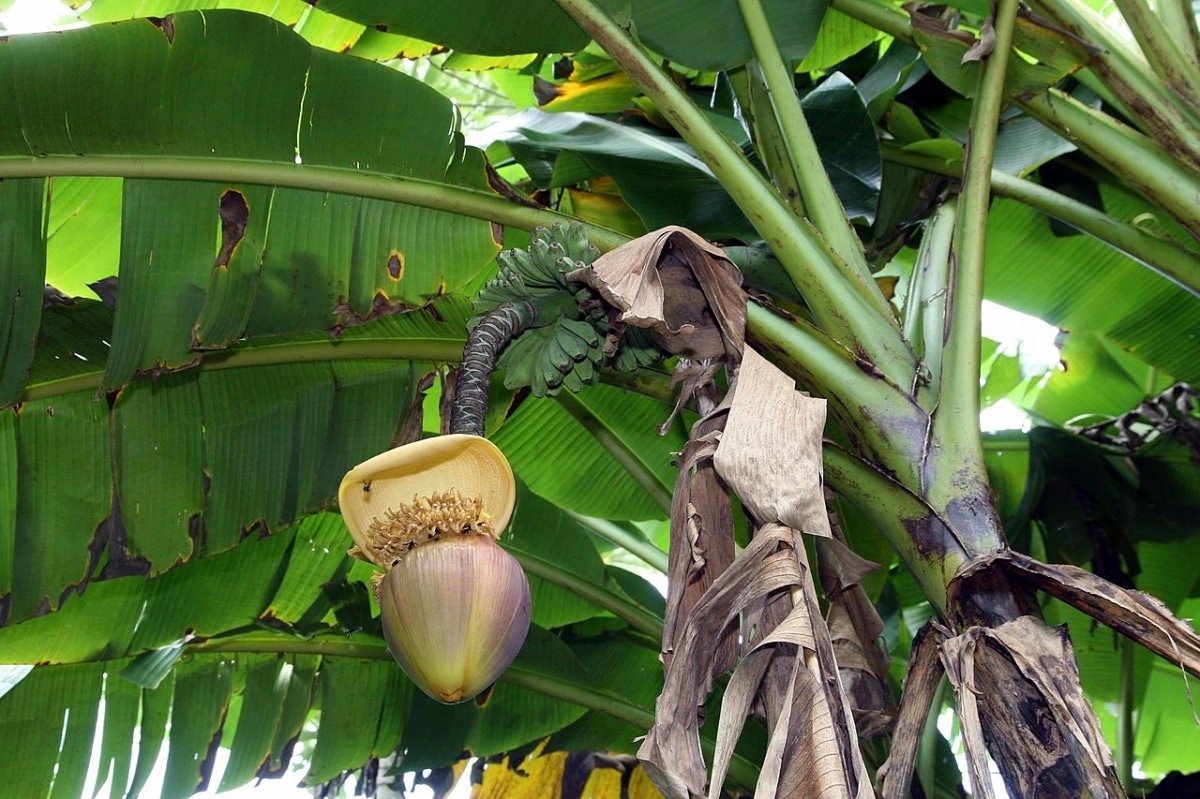
Image - Wikimedia / David J. Stang
It is a very, very easy to care for banana tree, capable of withstanding the cold without any problem. In fact, if you are looking for an ornamental Muse to grow outdoors, you should know that this is one of the most recommended species.
The care that you have to give it are the following:
Climate
The Japanese banana tree It can be grown outdoors in tropical, subtropical and temperate climates with not too harsh winters. The plant remains whole if the temperature does not drop below -3ºC, but the rhizome holds up to -15ºC. This means that even if it is very cold in your area and the entire aerial part (leaves and stem) dies, in spring it will sprout again from the rhizome.
By the way, it is also important that you keep in mind that, like all large-leaved plants, the wind can break its foliage. This is not a problem in itself, but it is true that when it happens it does not look as beautiful. I have an Ensete (it is a plant similar to the Musa, but with a thicker stem and without the ability to produce suckers) that every winter gets ugly as soon as the wind starts to blow.
Location
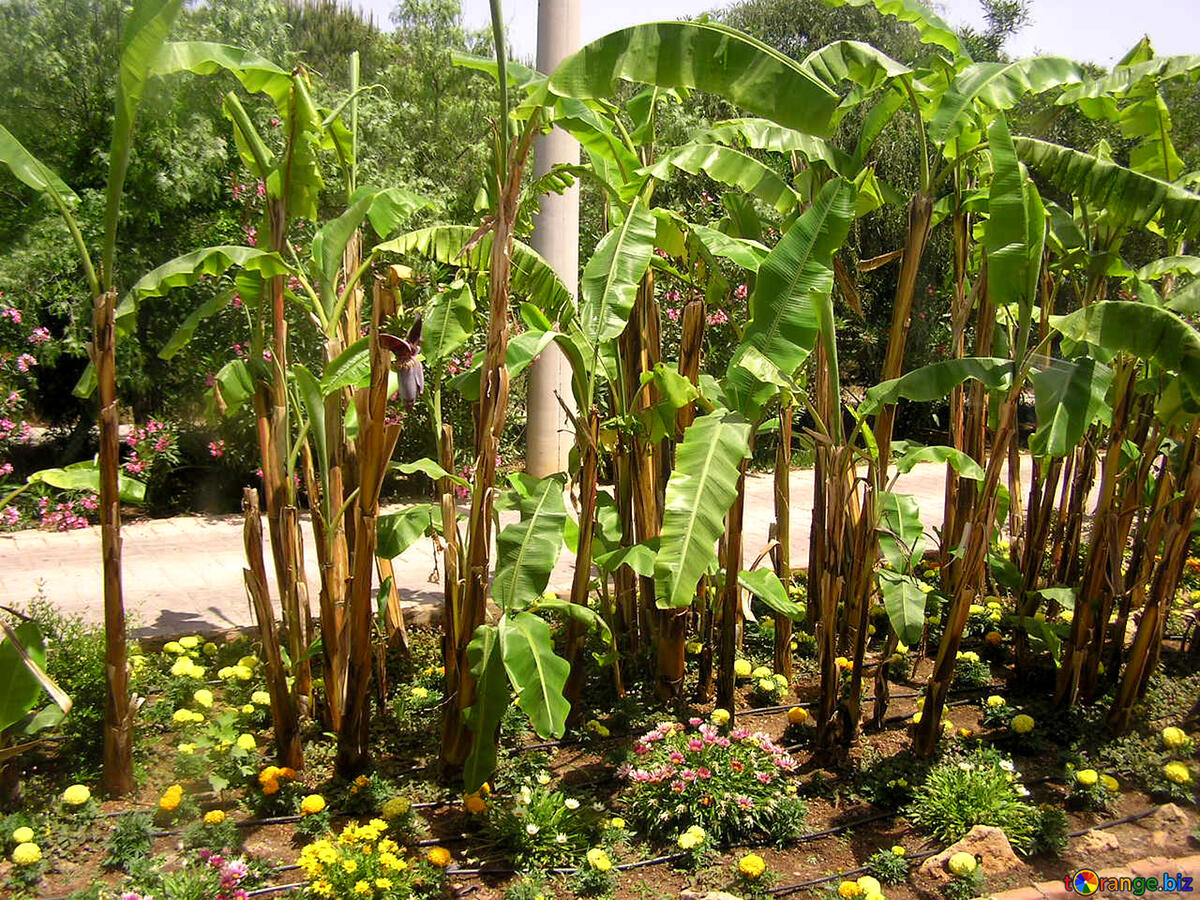
In order to avoid, or at least to minimize the risk of its leaves spoiling, we advise planting it in a corner of the plot, where it can be protected from the wind. Yes indeed, It has to be either in an area exposed to direct sunlight, or in semi-shade, in this way it will be able to grow well.
Earth
The Japanese banana tree grows in fertile, well-drained soils, which are also always or almost always wet but not waterlogged. For this reason, it is advisable that if the soil we have in the garden is very compact and / or heavy, we make a 1 x 1 meter hole, and mix this soil that we have removed with perlite (for sale here) in equal parts.
If we are going to have it in a pot, we will fill it with universal substrate for plants, such as this.
Irrigation
You have to water frequently, especially in summer. It is important to keep in mind that muse basjoo does not withstand drought, so water 3 or even 4 times a week during the months when temperatures remain high, and 1 or 2 a week the rest of the year.
Anyway, if in doubt the best thing to do is to wait a few days, since it is easier to recover a plant that is going thirsty than another that, on the contrary, has received too much water. Another option is to use a moisture meter (you can buy it here), which will tell you instantly if the soil is wet or dry.
Subscriber
You can pay your Japanese banana tree during spring and summer. For this we advise you to use organic fertilizers, such as compost or earthworm humus, but you can also opt for fertilizers such as universal or specific for green plants. Of course, you have to follow the instructions on the container so that no problems arise.
Rusticity
The rhizome resists up to -15ºC, but the stem suffers if it drops below -3ºC. Apart from that, you have to remember that the leaves are damaged if the wind blows strong.
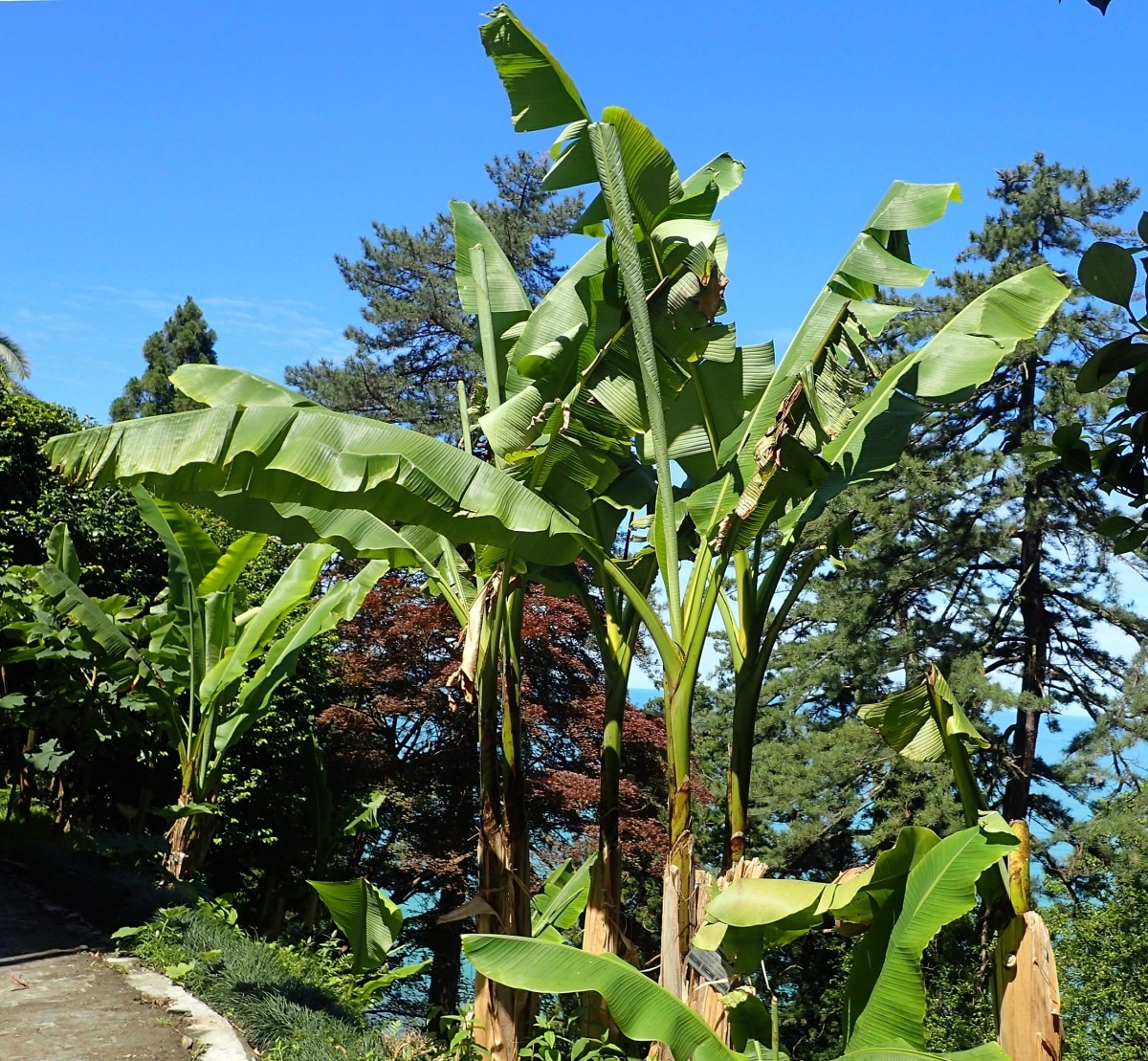
Image - Wikimedia / Krzysztof Ziarnek, Kenraiz
What did you think of muse basjoo?